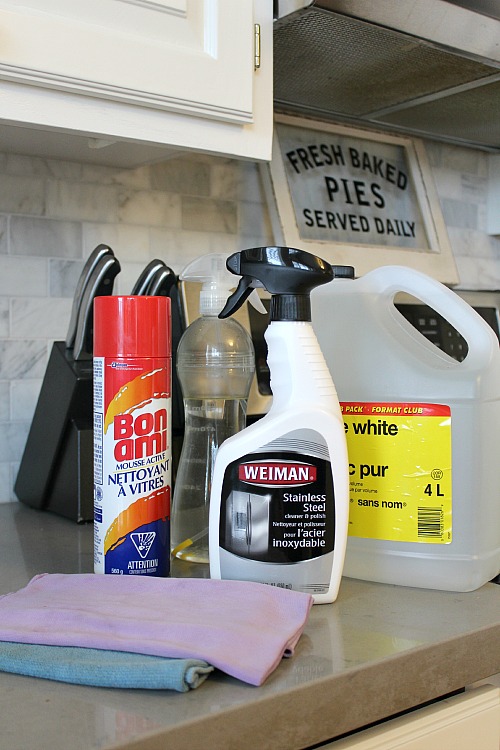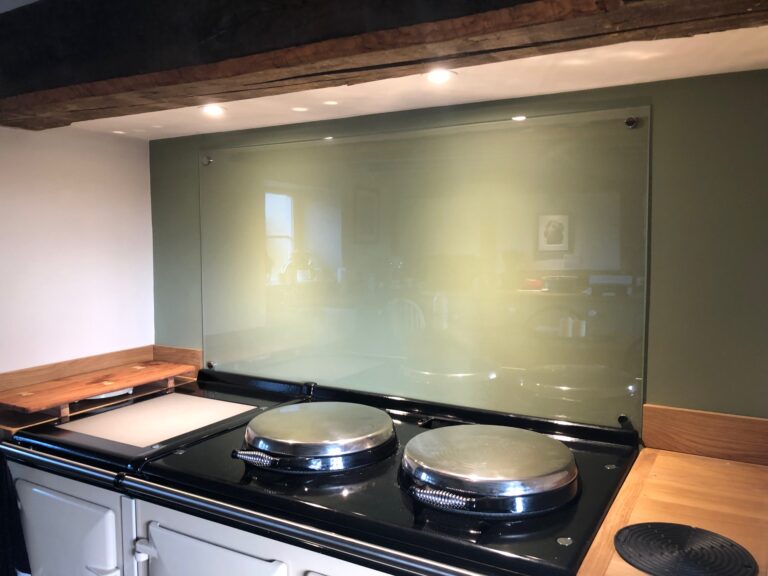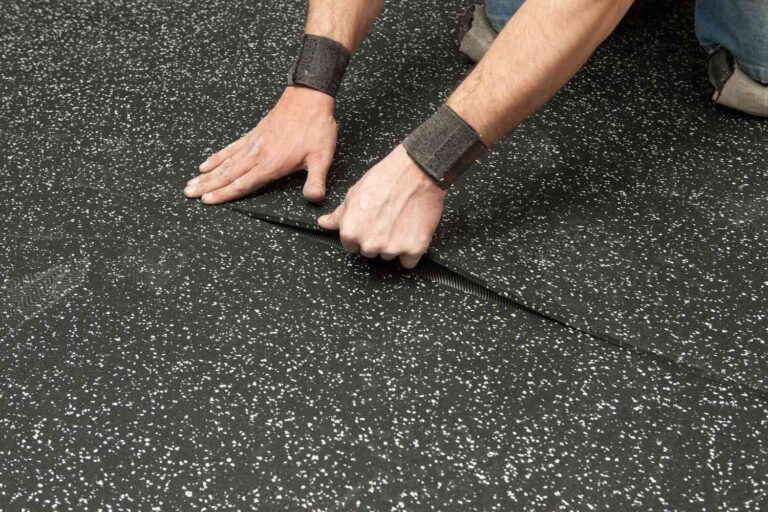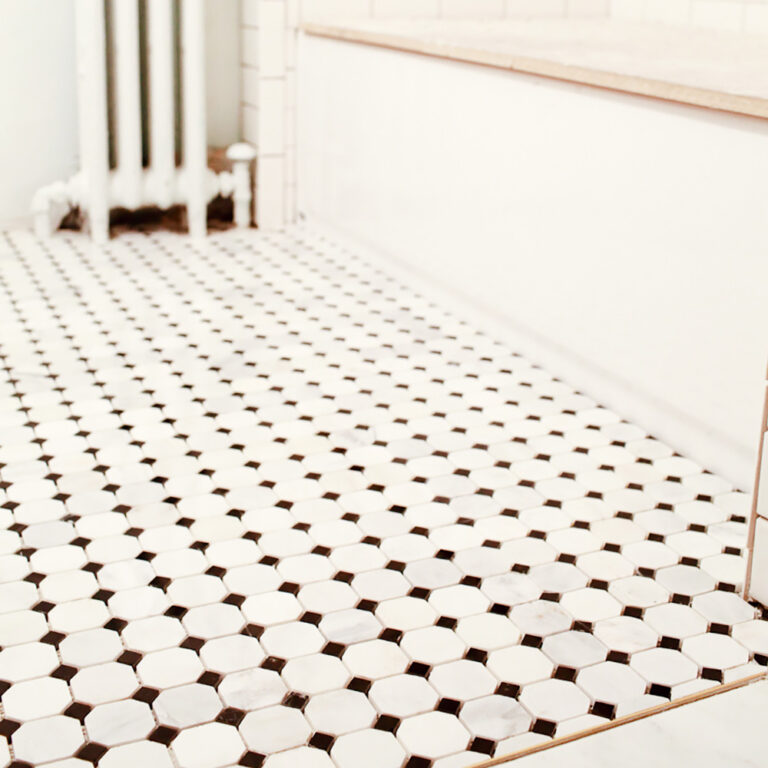What Liquid Is Used To Clean Stainless Steel?
Stainless steel is a popular material for many household items due to its durability and strength. However, to keep it looking its best, it is important to clean it regularly. The most common liquid used to clean stainless steel is a mild detergent and water mixture. This solution is gentle enough to clean the surface of the stainless steel without damaging it, while still being effective enough to remove dirt and grime. It is important to rinse the stainless steel thoroughly after cleaning to remove any residue, and dry it completely before use.
Overview of Stainless Steel
Cleaning
Stainless steel is a highly durable and resilient material, but regular maintenance is essential to ensure its longevity and shine. Knowing what liquid is best suited to clean stainless steel is the key to keeping it in top condition. As stainless steel is prone to fingerprints, smudges, and other forms of dirt and grime, it’s important to clean it properly and regularly. Using the wrong liquid can leave a residue that can damage the finish and make it look dull and dingy.
When it comes to stainless steel cleaning, the best and most effective liquid to use is a mild soap and water solution. This should be used with a soft cloth or non-abrasive sponge. The soap should be mild and free from any harsh chemicals or abrasive ingredients, as these can damage the stainless steel’s protective layer. For tougher stains and dirt, a non-abrasive, all-purpose cleaner or a stainless steel cleaner can be used. These cleaners are specifically designed to be used on stainless steel and can help to remove stains, smudges, and dirt without damaging the surface.
When using any liquid cleaner, make sure to wipe off the surface with a clean cloth or cloth towel to remove any residue. This will help to prevent streaks and ensure that the stainless steel remains looking clean and shiny. Additionally, avoid using a steel wool or other harsh cleaning materials, as these can damage the protective layer and leave the stainless steel looking dull and dingy.
Regular cleaning with the right liquid is the key to keeping stainless steel looking its best. Use a mild soap and water solution for regular cleaning and use a stainless steel cleaner or all-purpose cleaner for tougher dirt and stains. Make sure to wipe off the surface with a clean cloth or cloth towel to remove any residue, and avoid using steel wool or other harsh cleaning materials. With the right cleaning liquid and routine maintenance, stainless steel can remain looking clean and shiny for years to come.
Types of Liquid Cleaners
When it comes to cleaning stainless steel, there are a variety of liquid cleaners that can be used depending on the type of surface and how dirty it is. Common liquid cleaners used to clean stainless steel include soaps, detergents, and degreasers. Soaps, detergents, and degreasers are not only effective to use on stainless steel, but also safe to use, as they are all designed to not damage the surface.
Soaps are best used for light cleaning and are great for removing dirt, smudges, and fingerprints. Detergents are more powerful and can be used for heavy cleaning and removing stuck-on grease and grime. Lastly, degreasers are the strongest of the three and are best used to remove oils and grease that may have built up over time.
When it comes to using liquid cleaners on stainless steel, there are a few tips to keep in mind. First, always choose a cleaner that is specifically designed for stainless steel surfaces. This will ensure that the cleaner won’t damage the surface and provide the best possible cleaning results. Second, always use a soft cloth or sponge to clean the surface. This will help avoid scratching the surface and ensure the cleaner is evenly distributed. Finally, always rinse the surface with clean water after using the cleaner to help remove any residue that may have been left behind.
By following these tips, you can ensure that the stainless steel surfaces in your home are cleaned safely and effectively with the right type of liquid cleaner.
Advantages of Using Liquid Cleaners
for Stainless Steel
Stainless steel is a popular material for use in kitchen appliances, fixtures, and countertops. It is a durable metal that is resistant to corrosion, rust, and staining. But, any type of metal can become dirty and require cleaning. To ensure that stainless steel stays looking its best, liquid cleaners are often used.
Liquid cleaners can be effective at removing dirt, grease, and grime buildup on stainless steel surfaces. The cleaning agents in these liquids break down the soil and allow it to be wiped away with a damp cloth. These cleaners are also great for removing fingerprints and smudges that can build up over time.
In addition to being effective at cleaning, liquid cleaners are also safe for use on stainless steel. Unlike abrasive cleaners, they won’t scratch the surface of the metal. Liquid cleaners also won’t leave any streaks or residue, which can be difficult to remove.
Finally, liquid cleaners are affordable and easy to use. They don’t require any special tools or equipment, and most come in ready-to-use bottles. This makes them a great option for cleaning stainless steel in any home or business.
Using liquid cleaners for stainless steel is an effective, affordable, and safe way to keep it looking its best. The cleaning agents in these liquids break down dirt, grease, and grime, and they won’t leave any streaks or residue. They are also easy to use and don’t require any special tools or equipment. With the right liquid cleaner, you can keep your stainless steel surfaces looking beautiful for years to come.
Common Cleaning Solutions for Stainless Steel
Stainless steel is a popular material due to its strength, durability, and attractive appearance, and it is commonly used in kitchens and bathrooms. As such, it’s important to know the best cleaning solutions for stainless steel surfaces. Cleaning solutions vary depending on the type of stain and the severity of the stain, but there are several liquid solutions that are commonly used to clean stainless steel. These include white vinegar, lemon juice, rubbing alcohol, baking soda, and dish soap.
White vinegar is one of the most common and effective solutions for cleaning stainless steel. It’s a natural, non-toxic cleaner that can be used to remove dirt, grease, and other stains. Lemon juice is also a great choice for cleaning stainless steel. It’s an acidic solution that helps break down and remove grease and grime. Rubbing alcohol is a powerful disinfectant that can be used to remove tough stains. Baking soda is an abrasive cleaner that can be used to scour away tough stains and deposits. Lastly, dish soap is a versatile cleaner that can be used to remove grease and dirt from stainless steel surfaces.
No matter which liquid you use, it’s important to follow the manufacturer’s instructions for cleaning and maintaining stainless steel surfaces. Always test any cleaning solutions on a small area before using it on a larger area, and avoid using harsh abrasives or scrubbing too hard, as this can damage the surface. Finally, make sure to rinse the surface thoroughly with water after cleaning it with any of these solutions. With the right cleaning solution and proper care, you can keep your stainless steel surfaces looking like new for years to come.

Best Practices for Cleaning Stainless Steel
Cleaning stainless steel can be a tricky process. The wrong cleaning solutions or techniques can cause permanent damage, leaving your stainless steel looking worse than before. To help you keep your stainless steel looking clean and shiny, here are some of the best practices for cleaning it.
First of all, you should always use a cleaning solution specifically designed for stainless steel. Regular dish soap, detergents, and other household cleaners may not be the best choice, as they can damage the surface of stainless steel. Choose a product such as a stainless steel cleaner or a mild detergent, and only use a small amount.
When you are ready to begin cleaning, you should use a soft cloth or towel to wipe the surface of the stainless steel. This should be done in a circular motion, and scrubbing should be avoided. After this, you should use a damp cloth to wipe away any remaining dirt or residue.
Finally, you should dry the stainless steel immediately after cleaning. This will help protect it from rust or corrosion. If you need to remove more stubborn dirt and grime, you can use a scouring pad or steel wool. However, these should be used sparingly, as they can scratch the surface of stainless steel.
In conclusion, cleaning stainless steel properly is essential to maintain its appearance and performance. Using the right cleaning solutions and following the best practices outlined above will help you keep your stainless steel looking its best.
Disadvantages of Using Liquid Cleaners
Using liquid cleaners to clean stainless steel surfaces can be a convenient and effective way to remove dirt and grime. However, it may also come with a few downsides that are worth considering. For starters, liquid cleaners may not be as effective as using a scrubbing brush to remove tougher dirt or residue. Also, if not used properly, liquid cleaners can leave a residue on the surface that can be difficult to remove. In addition, some liquid cleaners contain chemicals that can damage stainless steel surfaces if used too often and not adequately rinsed off. Lastly, these cleaners are often expensive, so it’s important to weigh the pros and cons before investing in them.
Alternatives to Liquid Cleaners
With the right type of cleaner and the right application, you can effectively and efficiently clean your stainless steel surfaces. While liquid cleaners are popular and widely available, there are other alternatives that can be used to clean stainless steel. These include vinegar, baking soda, and lemon juice.
Vinegar is a natural cleaning product that is inexpensive and easy to find. It works by breaking down dirt, grease, and grime in order to effectively clean stainless steel surfaces. Baking soda is also a great option and works similarly to vinegar. It is abrasive enough to remove dirt and grime from your stainless steel surfaces. For a more natural approach, you can also use lemon juice as an effective cleaner. It will help to break down dirt and grease, and the citric acid in the lemon juice will help to disinfect the surface.
When using any of these alternatives, it is important to use a soft cloth or sponge to apply the cleaner. You should also make sure to rinse the surface with water after cleaning to avoid leaving residue behind. For more stubborn dirt or grime, you may need to use a mild detergent to remove it.
Overall, there are many alternatives to liquid cleaners that can effectively clean stainless steel surfaces. Vinegar, baking soda, and lemon juice are all excellent options and are inexpensive and easy to find. Just make sure to use the right cleaning cloth and to rinse the surface afterwards.
Conclusion
Stainless steel is a common material found in many homes and businesses, and it requires regular cleaning to maintain its sheen and luster. Finding the right liquid to clean stainless steel can be difficult, but it is possible to achieve the desired results with a few simple tips. The best liquids to use are those specifically designed for stainless steel, such as specialized cleaning solutions and vinegar. For those who prefer a more natural approach, lemon juice, baking soda, and club soda are all effective at removing dirt and grime. Additionally, a small amount of dish soap and water can be used for a quick and easy clean. With the right combination of liquids, it is possible to keep stainless steel looking shiny and new.
FAQs About the What Liquid Is Used To Clean Stainless Steel?
1. What is the best liquid to use for cleaning stainless steel?
Answer: A mild liquid detergent or dish soap is the best liquid to use for cleaning stainless steel. It is important to make sure the detergent does not contain any abrasive ingredients, as this may cause scratching and damage to the stainless steel.
2. Is vinegar safe to use to clean stainless steel?
Answer: Yes, vinegar is a safe and effective cleaner for stainless steel. Just make sure to use a mild concentration of vinegar and to rinse the surface thoroughly afterwards with a damp cloth.
3. Is it safe to use bleach on stainless steel?
Answer: No, bleach should not be used to clean stainless steel as it can cause corrosion and damage to the metal. Instead, a mild detergent or dish soap should be used for cleaning stainless steel.
Conclusion
The best liquid for cleaning stainless steel is a solution of mild detergent and warm water. This combination will help to remove dirt and grime without damaging the stainless steel. For tougher stains, a stainless steel cleaner may be used. It is important to always follow manufacturer’s instructions when using any cleaning product.






